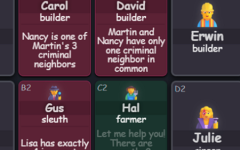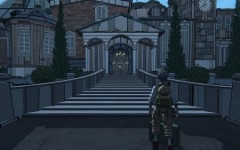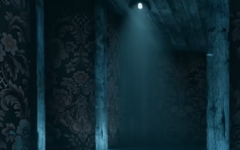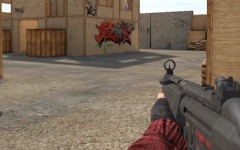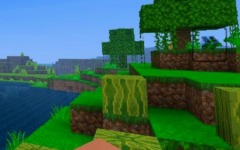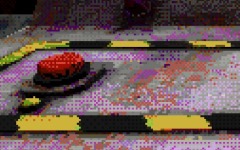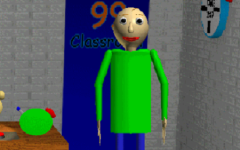Advertisement
Seasons of Loss
Advertisement
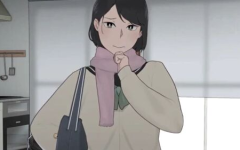
Seasons Of Loss is a narrative-driven experience that explores personal grief through a changing seasonal cycle. The game places players in the role of a character navigating quiet environments filled with memories, absence, and emotional weight. There are no combat mechanics or time limits. Instead, movement and interaction are slow and intentional, encouraging reflection. Each season brings different visual tones and ambient cues, symbolizing shifts in emotion and memory. The passage of time is subtle, marked by fading colors, falling leaves, and the silence of snow.
Progression Through Time And Emotion
The game is divided into four chapters, each tied to a season: spring, summer, autumn, and winter. Every chapter focuses on a distinct stage of the character’s experience with loss. The journey is not about solving puzzles or collecting objects. It’s about understanding the meaning behind the environment, the objects left behind, and the people who once occupied them. As the character walks through woods, empty homes, and overgrown gardens, they encounter fragments of conversation, written notes, or small visual triggers that bring context and emotional depth.
Core Elements Of Gameplay
Although minimal in interaction, the game offers enough structure to guide players through its message. The following components define the experience:
- A slow-paced walking mechanic with changing seasonal scenery
- Scattered memory fragments that appear as ghost-like echoes or recorded thoughts
- Visual storytelling through environmental changes
- A dynamic soundtrack that evolves with the seasons
- A narrative that allows space for interpretation rather than giving fixed answers
These aspects work together to build an atmosphere that invites introspection more than action.
Reflection Over Resolution
Seasons Of Loss does not offer a resolution in the traditional sense. The final chapter doesn’t end with a reunion or sudden clarity. Instead, it presents the player with an emotional plateau—a space where acceptance becomes possible, even if full understanding never arrives. This approach sets it apart from other narrative games. The lack of goals encourages players to explore at their own pace and draw their own conclusions about what has been lost and what remains.
By the time the player finishes the last scene, Seasons Of Loss leaves them with a mood rather than a message. The visual language of changing seasons, the ambient sound design, and the absence of direct exposition combine to create a layered and quiet experience. It is a game best played in solitude, with attention to detail and willingness to feel rather than solve.



























































































































